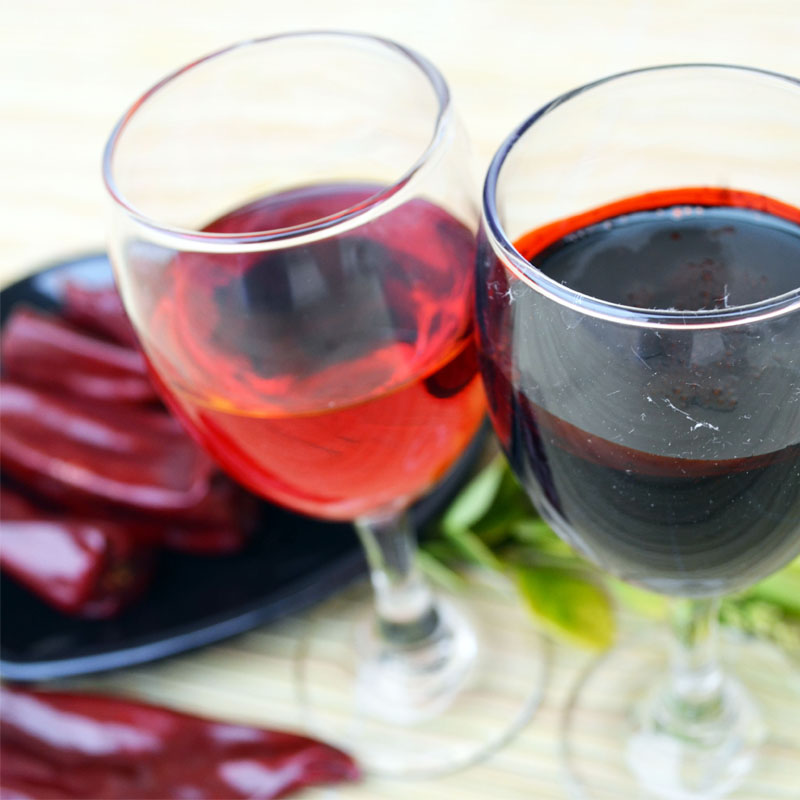- No. 268 Xianghe Street, Economic Development Zone of Xingtai city, Hebei 054001 China
- Byron@hbhongri.cn
Differences Between Oleoresin Capsicum and Standard Pepper Spray Explained
Oleoresin Capsicum vs. Pepper Spray Understanding the Differences
In the realm of self-defense tools, pepper spray is a popular choice due to its effectiveness and ease of use. However, many people may not realize that pepper spray is often derived from a substance known as oleoresin capsicum. Understanding the differences between the two can shed light on their uses, efficacy, and appropriate contexts for application.
What is Oleoresin Capsicum?
Oleoresin capsicum (OC) is a natural oil extracted from various types of peppers, particularly cayenne peppers. This concentrated extract contains capsaicin, the compound responsible for the heat and spiciness of peppers. In its pure form, oleoresin capsicum is a viscous substance with a high concentration of capsaicin, typically around 40-60%. It is often used in food products for flavoring, but its primary application in self-defense products is as an active ingredient in pepper spray.
What is Pepper Spray?
Pepper spray is a self-defense aerosol that delivers a potent dose of capsaicin to an attacker’s face, causing immediate irritation to the eyes, skin, and respiratory system. Made from oleoresin capsicum, pepper spray generally contains a lower concentration of the active ingredient, usually between 10-20%. This reduction is crucial, as it allows for safe storage and management while providing an effective deterrent.
Effectiveness and Applications
oleoresin capsicum vs pepper spray

The effectiveness of oleoresin capsicum as a self-defense mechanism lies in its ability to incapacitate an aggressor temporarily. When sprayed in the face, it causes burning pain, excessive tearing, and temporary blindness. This effect provides the victim a critical window to escape a dangerous situation.
While both oleoresin capsicum and pepper spray are effective defense mechanisms, the context of their usage is essential. Oleoresin capsicum in its raw form is not practical for self-defense due to its high concentration and potential for severe injury. Conversely, pepper spray, formulated for ease of use, provides users with a safer option that maximizes its deterrent effect without the risks associated with high concentrations of capsaicin.
Legal Considerations
It’s important to note that laws regarding the possession and use of pepper spray vary widely by region. In many places, pepper spray is legal for self-defense, provided it meets specific regulations concerning size, concentration, and usage. Oleoresin capsicum, being a natural extract, may not fall under the same legal scrutiny, but its application in its concentrated form is generally not practical for self-defense.
Conclusion
In summary, while oleoresin capsicum and pepper spray are fundamentally connected, their applications, concentrations, and practical uses differ significantly. Oleoresin capsicum serves as the powerful core ingredient in pepper spray, providing a safe, effective means of defense. Understanding these differences allows individuals to make informed decisions about self-defense tools, ensuring they choose the most appropriate and legal options available to them.
-
Turmeric Rhizome Powder: A Golden Treasure from Roots to TableNewsJul.28,2025
-
The Versatile Application Of Crushed Red Hot Peppers: Lighting Up The Red Flames On The Dining TableNewsJul.28,2025
-
The Paprika: A Touch Of Vibrant Red In Color, Flavor, And CultureNewsJul.28,2025
-
Ground Turmeric: A Modern Examination of an Ancient SpiceNewsJul.28,2025
-
Capsicum Liquid Extract: Features, Applications, and ChallengesNewsJul.28,2025
-
Application of Capsicum Liquid Extract in FoodNewsJul.28,2025







